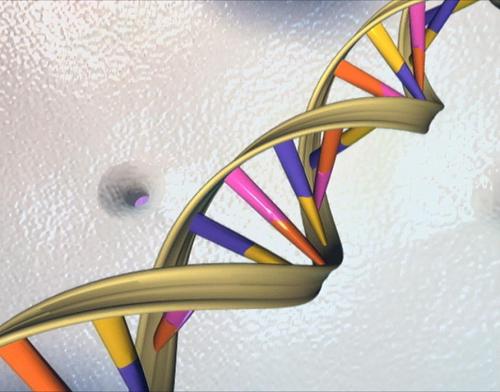Researchers uncover genetic gains and losses in Tourette syndrome
NIH-funded study finds new clues to brain disorder.
Researchers have identified structural changes in two genes that increase the risk of developing Tourette syndrome, a neurological disorder characterized by involuntary motor and vocal tics. The study was supported by the National Institute of Neurological Disorders and Stroke (NINDS), part of the National Institutes of Health.

“The study is the tip of the iceberg in understanding the complex biological mechanisms underlying this disorder. With recent advancements in genetic research, we are at the cusp of identifying many genes involved in Tourette syndrome,” said author of the study.
The scientific team conducted genetic analyses on 2,434 individuals with Tourette syndrome and compared them to 4,093 controls, focusing on copy number variants, changes in the genetic code resulting in deletions or duplications in sections of genes. Their results determined that deletions in the NRXN1 gene or duplications in the CNTN6 gene were each associated with an increased risk of Tourette syndrome. In the study, approximately 1 in 100 people with Tourette syndrome carried one of those genetic variants.
NRXN1 and CNTN6 are important during brain development and produce molecules that help brain cells form connections with one another. In addition, the two genes are turned on in areas that are part of the cortico-striatal-thalamo-cortical circuit, a loop of brain cells connecting the cortex to specific regions involved in processing emotions and movement. Studies suggest that errors in the circuit may play a role in Tourette syndrome.
Copy number variants in NRXN1 have been implicated in other neurological disorders including epilepsy and autism, but this is the first time that scientists have linked copy number variants in CNTN6 to a specific disease.
“Tourette syndrome has a very strong genetic component but identifying the causal genes has been challenging,” said expert. “As we find genes involved in Tourette syndrome and understand more about its biology, we move closer to our ultimate goal of developing treatments to help children affected by the disease.”
Although involuntary tics are very common in children, they persist and worsen over time in people with Tourette syndrome. Tics associated with Tourette syndrome appear in children, peak during the early teenage years and often disappear in adulthood. Many people with Tourette syndrome experience other brain disorders including attention deficit disorder and obsessive-compulsive disorder.
The researchers are planning to take a closer look at the mutations using animal and cellular models. More research is needed to learn about ways in which the genes contribute to development of Tourette syndrome and whether they may be potential therapeutic targets.
Source: U.S. National Institutes of Health
- 383 reads
Human Rights
Fostering a More Humane World: The 28th Eurasian Economic Summi

Conscience, Hope, and Action: Keys to Global Peace and Sustainability

Ringing FOWPAL’s Peace Bell for the World:Nobel Peace Prize Laureates’ Visions and Actions

Protecting the World’s Cultural Diversity for a Sustainable Future

Puppet Show I International Friendship Day 2020

